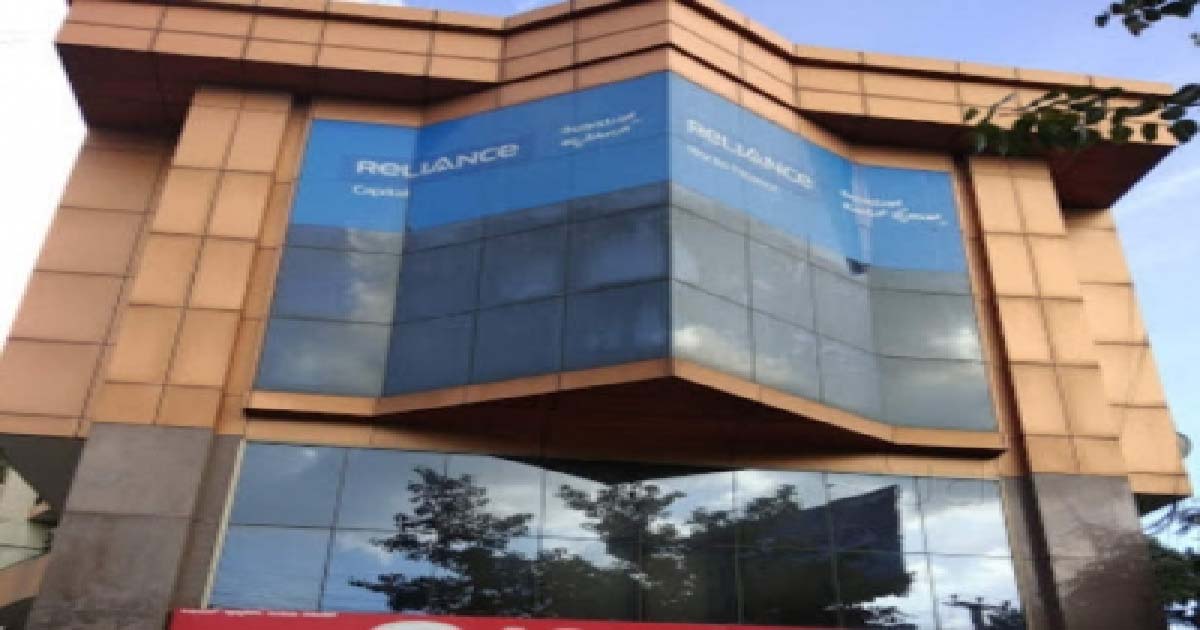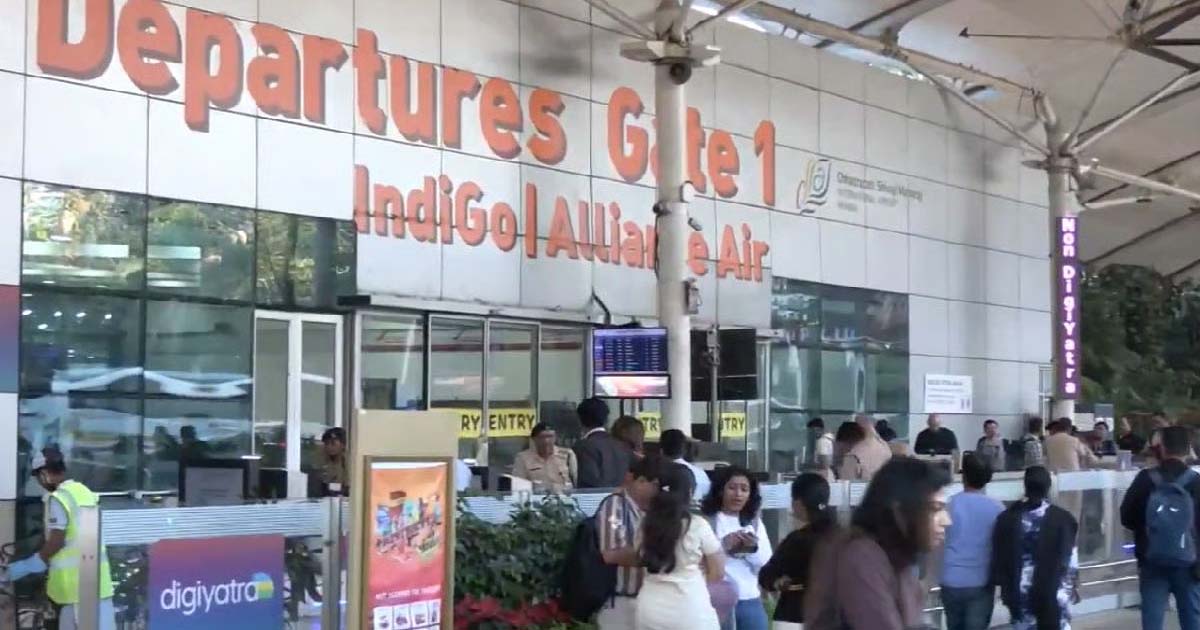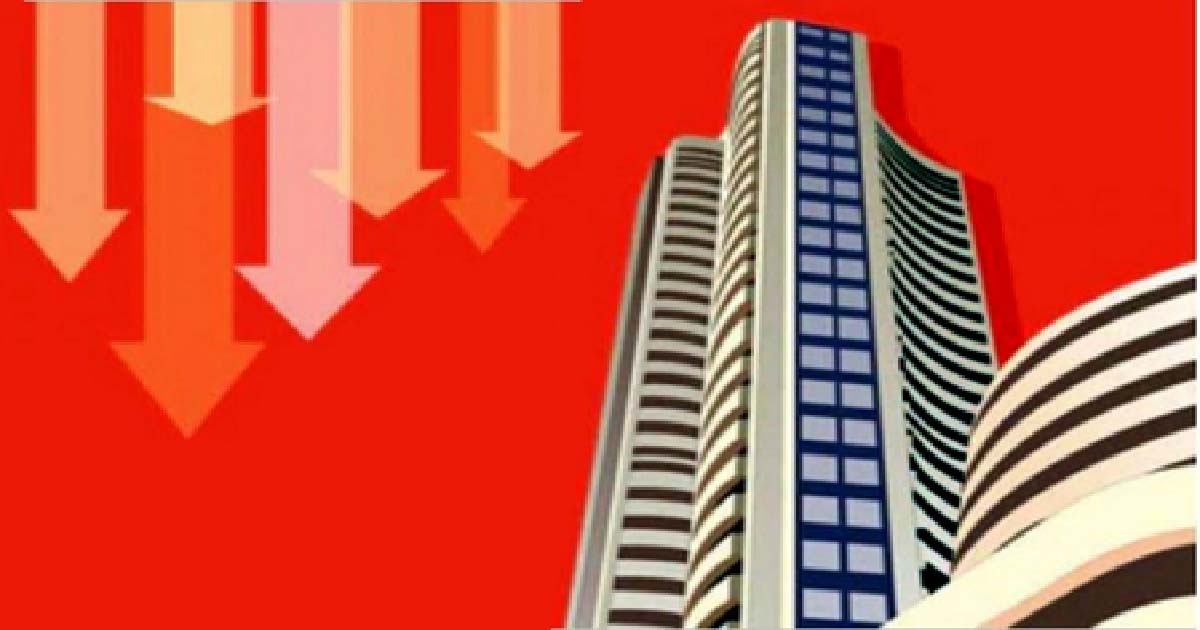Business
We are creating a simplified investing ecosystem: Crypto unicorn CoinSwitch
Crypto is an emerging yet attractive asset class. It is a $1.25 trillion market globally. The India adoption story is no different with nearly 20 million unique users, over $6.6 billion in investments and more than a billion dollars in venture capital funding.
India is already the second-largest in terms of crypto adoption globally.
Crypto in India has come a long way but this is just the beginning — Crypto is a billion people industry in the making.
Govind Soni, Co-Founder and Chief Technology Officer, CoinSwitch, India’s largest crypto investing app, told IANS that their priority is to make it transparent, trustworthy and secure, and enable Indians to participate in this technology shift in a meaningful way.
Excerpts from the interview:
Q: Why is Crypto important, and how can India benefit from it?
A: Crypto is the gateway to a decentralised internet. The computing power of the billions of devices around the world can be utilised and incentivised using Crypto to build a new internet, called Web3.
India has the opportunity to take the lead in this transformation. We have the talent, users and the startup ecosystem. And we are witnessing an upskilling and migration of India’s large pool of engineers and developers to the cutting-edge and advanced field of blockchain and crypto.
All this puts India in a sweet spot. With an enabling regulatory environment, India can get a headstart and steer the direction of Web3 while it is built.
Q: Crypto has come a long way. Every day we hear news that even Wall Street giants are adopting Crypto. Why is that?
A: Institutional adoption is a sign that Crypto has well and truly grown beyond white papers to be a smart investment class. The origin of Crypto may have been based on an idea of a digital currency, but now it has evolved to become an attractive, emerging asset class.
There are several interesting use-cases being built on this technology. That is the intrinsic value of Crypto: The confidence and uptake of the underlying blockchain technology. Institutional investors understand this and have done their due diligence.
While retail investors continue to be the early adopters and torchbearers of Cryptos, growing institutional adoption underlines the fact that this is an asset class that is here to stay.
Even traditional markets are adopting and gaining exposure to Cryptos. All of this bodes well for the growth of the asset class.
Q: What about India? There is regulatory uncertainty on Crypto here. Do you see this changing and Crypto becoming a mainstream asset class here?
A: Certainly. Cryptos are an emerging asset class that speak to India’s digital-savvy population.
With regulatory clarity, institutional investors too will find the confidence to invest in and benefit from Cryptos.
As we have seen globally, Cryptos can attract significant institutional and foreign investments if regulations can enable innovations and provide the necessary guardrails. India can benefit similarly.
Innovations such as decentralised finance, or DeFi, can be an effective and fast enabler of capital for small and medium-scale businesses in India. Crypto is also paving the way for interesting applications such as decentralized social media that Indians can greatly benefit from.
Q: How is CoinSwitch protecting investors on its platform?
A: At CoinSwitch, investor protection is of utmost importance to us. While we have been using various digital platforms to inform, educate and engage with new crypto enthusiasts, we are continuously updating our app to help users make informed investing decisions.
And, numbers tell the story. The average time a user spends on our app reading, buying, selling, or trading has gone up to 27 minutes from 13 minutes in January 2021.
In line with our ongoing product feature upgrades to tighten platform security, we have launched Riskometer — our attempt to help users think twice before investing in a coin. The Riskometer provides a risk warning on coins that are highly volatile, or when the risk assessment suggests that users need to proceed with caution while investing.
We understand that ensuring compliance with relevant regulations is key to ensuring a safe, secure, and trustworthy user experience. Users on our platform can utilise their account balances (of Indian Rupees and crypto assets) to only transact on our platform or withdraw Indian Rupees. They can only deposit Indian Rupees from their verified bank account. Similarly, after selling crypto assets, users can withdraw Indian Rupees only to their verified bank account.
Q: What does cloud technology enable you to do better?
A: Amazon Web Services (AWS) allows to scale up on infrastructure and services without having any dependencies, or minimum usage commitments. AWS continues to make incremental improvements to its solutions and services, allowing us to easily deliver value to our customers. If we had to build these capabilities on our own it would have taken us significantly longer. With the shared responsibility model, security of the cloud is addressed by AWS and this helps us considerably reduce our efforts towards security and compliance. AWS account team and Enterprise Support provides proactive guidance and support as we scale our platforms. AWS is the easy answer for any internet-based ecosystem that wants to scale faster.
CoinSwitch is trusted by over 18 million registered users, making it the largest crypto investing app in India. Ours is a built-to-scale platform developed on top of AWS. Among a host of things, AWS has improved our time to market, handle spikes in traffic, and manage risks more efficiently. All of these put together help us provide a simplified and secure user experience on the app.
Business
CBI books Reliance Commercial Finance, its promoters in Rs 57.47 crore bank fraud case

Mumbai, Dec 9: The Central Bureau of Investigation (CBI) on Tuesday said it has filed a criminal case against Reliance Commercial Finance Ltd (RCFL) and its promoters and directors over allegedly causing wrongful loss of Rs 57.47 crore to Bank of Maharashtra.
The case has been registered against RCFL — a company of Reliance ADA Group, its promoters/directors and unknown bank officials, on the allegations of criminal conspiracy, cheating and criminal misconduct and thereby, the CBI said in a statement.
According to the statement, the loan account of Reliance Commercial Finance Ltd was declared an NPA by the bank on March 25, 2020 and also as fraud on October 4, 2025, for causing wrongful loss of Rs 57.47 crore to Bank of Maharashtra.
“RCFL was availing loans to the tune of Rs 9,280 crore from 31 banks/ FIs/NBFCs/Corporate Bodies, etc., including Bank of Maharashtra. A thorough investigation will be conducted into the allegations of defrauding all the banks/FIs, etc. by the accused company,” said the CBI.
The probe agency obtained search warrants from the court of a Special CBI judge, Mumbai and commenced searches at the official premises of RCFL at Mumbai and the residential premises of Devang Pravin Mody, Director of the company, at Pune, on December 9.
“Several incriminating documents have been observed and are being taken into possession during searches. Searches are in progress,” the CBI said.
Meanwhile, the Enforcement Directorate (ED) has filed a supplementary charge sheet against Reliance Power Ltd and 10 others, in the case of fake bank guarantees of Rs 68 crore submitted by Reliance Power Limited to the Solar Energy Corporation of India (SECI) for the purpose of securing a tender issued by it. ED attached the proceeds of crime worth Rs 5.15 crore as well.
Reliance Power Ltd said in a statement that “ED allegations have not yet passed through judicial scrutiny and the Company has not been held guilty of any wrongdoing”.
“As per law settled by the Supreme Court, the company will get an opportunity to put across its case and facts before the court, even before cognisance, so filing of this complaint does not affect the affairs of the company in any manner,” said the company in an exchange filing.
Business
IndiGo Crisis Day 8: Mumbai Hit Hard As Flight Chaos Enters Day 8; Over 30 Cancellations Snarl City’s Air Travel

Mumbai: air travel operations remained disrupted on Tuesday as IndiGo’s nationwide aviation crisis stretched into its eighth consecutive day, causing large-scale cancellations and commuter chaos across the country. But Mumbai, one of IndiGo’s busiest and most critical hubs, continued to bear a brunt of the meltdown, with passengers facing uncertain schedules and repeated last-minute cancellations.
By 9:30 am, Chhatrapati Shivaji Maharaj International Airport had already logged 31 IndiGo cancellations, including 14 inbound flights and 17 outbound departures. Long queues, anxious passengers and repeated rescheduling announcements dominated Terminal 2 through the morning peak hours, leaving thousands scrambling to adjust their plans.
Across India, more than 200 IndiGo flights were cancelled today. Bengaluru topped the list with 121 cancellations, followed by Hyderabad (58), Chennai (41) and Kerala with four. But for Mumbai passengers, many of whom rely on IndiGo for frequent business and leisure travel, the interruptions continued to be especially disruptive.
The turmoil, which began last Tuesday, has snowballed into a full-blown operational crisis. Over 4,500 flights have been cancelled between last week and Monday. Even though IndiGo claimed on Sunday that operations were ‘stabilising,’ the airline saw over 500 fresh cancellations on Monday alone, leaving passengers stranded overnight at multiple airports, including Mumbai.
The root of IndiGo’s meltdown has been linked to the airline’s inability to implement the second phase of India’s updated Flight Duty Time Limitations (FDTL), which came into effect in November. The revised norms, aimed at cutting pilot fatigue and extending rest periods, required IndiGo to restructure crew rosters. However, the airline has reportedly been struggling with a pilot shortage, leading to a mismatch between the new regulations and its available manpower.
To reduce pressure on airlines and mitigate the ongoing disruption, aviation regulator DGCA temporarily relaxed certain night-duty and weekly rest requirements for pilots. This relaxation is expected to help airlines stabilise operations through emergency rostering flexibility.
Civil Aviation Minister Ram Mohan Naidu told Parliament that IndiGo did not raise any concerns during a crucial meeting on December 1, just a day before the cancellations spiralled. He attributed the chaos to the airline’s internal system rather than regulatory pressure.
The government has now decided to sharply cut IndiGo’s winter schedule. The airline, which operates 2,200 flights a day and commands nearly 60 per cent of the domestic market, will see its schedule curtailed, with several routes handed to other carriers to prevent further passenger inconvenience.
Business
LT Foods drops over 6.5 pc, other Indian rice stocks also slide

Mumbai, Dec 9: Shares of leading Indian rice companies fell sharply on Tuesday, after US President Donald Trump hinted that he may impose fresh tariffs on agricultural imports, specifically targeting Indian rice and Canadian fertilisers.
The statement triggered immediate selling in stocks linked to the rice trade. LT Foods was the biggest loser, with its share price slipping 6.85 per cent to Rs 366.55.
Shares of KRBL also declined, falling 1.14 per cent, while GRM Overseas dropped 4.46 per cent.
The sudden slide reflected investor concerns that any new US tariffs could hurt export demand and impact earnings for these companies.
Trump made his remarks during a White House event where he announced new support measures for US farmers.
His comments come at a time when trade tensions between the United States and India continue to resurface.
India remains the world’s largest rice producer, with an output of 150 million tonnes and a 28 per cent share in global production.
It is also the top exporter, accounting for 30.3 per cent of global rice exports in 2024–2025, data from the Indian Rice Exporters Federation showed.
Despite this large global presence, India’s rice exports to the US are relatively small.
According to the India Brand Equity Foundation, India shipped around 234,000 tonnes of rice to the US in the 2024 financial year, which is less than 5 per cent of its total global basmati exports of 5.24 million tonnes.
West Asian countries remain the biggest buyers of Indian rice. Among the varieties exported worldwide, the Sona Masoori variety is especially popular in markets like the US and Australia.
The US, under Trump’s leadership, has already imposed steep tariffs on India, including a 50 per cent tariff — its highest — along with a 25 per cent levy on India’s Russian oil imports.
-

 Crime3 years ago
Crime3 years agoClass 10 student jumps to death in Jaipur
-

 Maharashtra1 year ago
Maharashtra1 year agoMumbai Local Train Update: Central Railway’s New Timetable Comes Into Effect; Check Full List Of Revised Timings & Stations
-

 Maharashtra1 year ago
Maharashtra1 year agoMumbai To Go Toll-Free Tonight! Maharashtra Govt Announces Complete Toll Waiver For Light Motor Vehicles At All 5 Entry Points Of City
-

 Maharashtra1 year ago
Maharashtra1 year agoFalse photo of Imtiaz Jaleel’s rally, exposing the fooling conspiracy
-

 National News1 year ago
National News1 year agoMinistry of Railways rolls out Special Drive 4.0 with focus on digitisation, cleanliness, inclusiveness and grievance redressal
-

 Maharashtra1 year ago
Maharashtra1 year agoMaharashtra Elections 2024: Mumbai Metro & BEST Services Extended Till Midnight On Voting Day
-

 National News1 year ago
National News1 year agoJ&K: 4 Jawans Killed, 28 Injured After Bus Carrying BSF Personnel For Poll Duty Falls Into Gorge In Budgam; Terrifying Visuals Surface
-

 Crime1 year ago
Crime1 year agoBaba Siddique Murder: Mumbai Police Unable To Get Lawrence Bishnoi Custody Due To Home Ministry Order, Says Report












